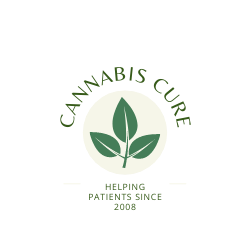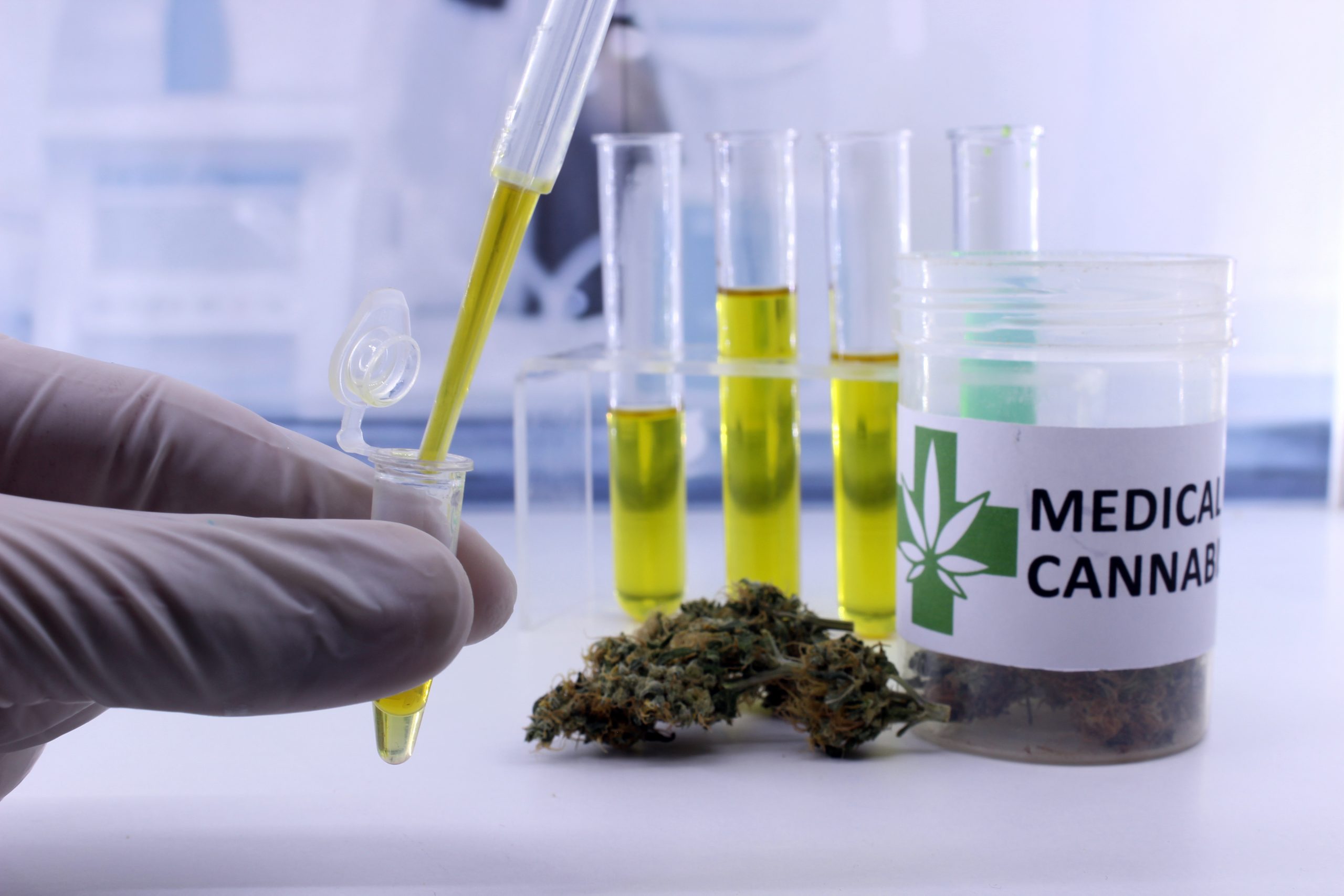The cannabis plant (also known as ‘hemp’ or ‘marijuana’) evolved around 28million years ago on the Eastern Tibetan plateau (1).
Cannabis is one of the first and oldest known human agricultural crops. The first recorded usage of cannabis is from 8000 BCE, in an ancient village in Taiwan (2). It is thought the plant’s fibres were used for fishing nets, rope, clothes, and paper. Its seeds and oil were used for food.
Initially the Chinese relied on magic to battle sickness, but around 2800 BCE a legendary emperor by the name of Shen-Nung (credited as being the founder of Chinese medicine) listed marijuana in his pharmacopoeia.
The earliest direct evidence for human consumption of cannabis as a drug was discovered in a 2,500-year-old cemetery in Central Asia (3).
The Roman physician, surgeon, and philosopher Claudius Galen in 199CE wrote that in Italy it was customary to serve small cakes containing marijuana for dessert. These increased the desire to drink; excessive use, however had a stupefying effect.[4]
During the 19th century, William Brooke O’Shaughnessy introduced cannabis to Western medicine after living in India. He wrote of many therapeutic uses of cannabis, including a case where it stopped convulsions in a child. In the West during the late 19th century cannabis extracts or tinctures were commonly available.
Up until the introduction of the Misuse of Drugs Act in 1971 UK doctors could prescribe cannabis as a medicine. It was even prescribed to Queen Victoria to treat menstrual pains.

Prohibition
Recreational cannabis use was prohibited in the UK In 1928 following the International Drug Conference, meaning it was considered as harmful to society as cocaine and opium. But it wasn’t until the 50s and 60s that UK drug policy really hardened.
Like the USA’s War on Drugs, UK prohibition is now widely accepted as an attempt to target and control minority populations, and anybody considered anti-establishment.
During the 1950’s large populations of immigrants from former British colonies arrived in the UK. Many of these were from the Caribbean where recreational use of cannabis was widespread. In the 1960s anti-establishment or counter-culture groups were also stereotyped as “hippy” weed smokers.
In response to these perceived threats to the constructs of society more severe policies and punishments were brought in targeting cannabis users, culminating in the 1971 Misuse of Drugs Act.

Why is it illegal?
In November 2018, the law in the United Kingdom was changed to allow specialist doctors to legally issue prescriptions for cannabis-based medicines when they agree that their patients could benefit from it as a treatment. But in reality, it is rarely prescribed or prohibitively expensive.
This is most likely as doctors are not trained on the medicinal benefits of the drug and also, due to previous moral outrage and bad press, fear potential side effects such as psychosis or similar.
Yet there are countless studies and individual cases that contradict this. If marijuana was more freely available, it could then allow access for further studies of it’s benefits to be carried out in the UK.
In 2018 the Adam Smith Institute claimed the UK government could earn up to £1 billion a year in tax revenue if cannabis was legalised. Despite this, the UK government’s attitude denies patients access to marijuana and means they can be prosecuted for using it. This leaves patients living in unnecessary pain, dealing with criminals to purchase weed, or becoming criminals for growing it themselves.
It is likely that cannabis remains illegal due to pressure from the alcohol and pharmaceutical companies, as well as leaders of all political parties being too fearful of a media backlash to propose an evidence-based drugs policy. Add to that the lack of training in the medical profession and it appears patients are in for a long wait to be able to access it freely either on prescription or recreationally.

Legality in more and more countries
Thanks to the work of doctors, advocates and lobbyists who have brought the benefits of marijuana to the public’s attention both as medicine and as industrial raw material – marijuana is legal for recreational use in Canada, Georgia, Malta, Mexico, South Africa, and Uruguay, plus 18 states, 2 territories, and the District of Columbia in the United States and the Australian Capital Territory in Australia (5).
At the time of writing over 44 countries and 37 states have legalised cannabis for medicinal purposes which indicates we are moving in the right direction.
In addition to the physiological benefits of marijuana the environmental benefits of a fast-growing crop which absorbs more carbon and maintains soil health like no other are also just beginning to be understood.

What’s next for cannabis?
The European Commission declared in 2020 that the CBD version of cannabis should not be declared a ‘narcotic’, though there are rumours that this is currently under review. Though post-Brexit the UK will not need to abide by the EU Commission’s findings if it doesn’t want to.
However, Luxembourg, Poland, Germany, and other states are currently considering adult recreational use, so it is difficult to see how this fits in. There is no one view on recreational, medicinal, or even hemp cultivation across the EU.
According to Forbes (6) “Sales from Cannabis were $20 billion in 2020 and are expected to exceed $26 billion in 2021. Research conducted by Cowen and Company reveals that the legal Cannabis market is bound to grow 20-30% per year to the price of 50 billion by 2026”. It is hard to see government’s being able to resist these kinds of riches for much longer. The future for cannabis appears very promising but don’t expect swift reform!

Sources of Information:
1- McPartland, J.M., Hegman, W. & Long, T. Cannabis in Asia: its center of origin and early cultivation, based on a synthesis of subfossil pollen and archaeobotanical studies.
Veget Hist Archaeobot 28, 691–702 (2019). https://doi.org/10.1007/s00334-019-00731-8
2- 1. K. Chang, The Archaeology of Ancient China (New Haven: Yale University Press, 1968), pp. 111-12; C.T. Kung, Archeology in China (Toronto: University of Toronto Press, 1959), 1:131.
3- DOI: 10.1126/sciadv.aaw1391
4-1.OWEN, Powell (2003): Galen, on the properties of food stuffs. Cambridge University Press.
6- https://www.forbes.com/sites/earlcarr/2021/12/31/cannabis-not-santa-is-coming-to-town/?sh=766542df30c1
Further Reading
RSO 90 Day Cancer Dosing Protocol
Learn more on how and where to buy RSO oil safely
Help and Advice
If you still need advice or help with sourcing Medical Cannabis, please use the contact form provided. We try to answer all emails within 24 hours and are happy to help and advise on all aspects of Medical Cannabis treatments in complete confidence.
Disclaimer: Please note that whilst we consider ourselves subject matter experts regarding Medical Cannabis, we are not medical professionals. We are a Medical Cannabis information resource, educating and helping those in need. Whilst we are very strong believers in the benefits of Medical Cannabis, there is still limited evidence that Medical Cannabis can treat/cure all the illnesses we discuss on our website. We recommend you do as much research as possible, and where practical seek professional medical advice before proceeding with Medical Cannabis oil.

